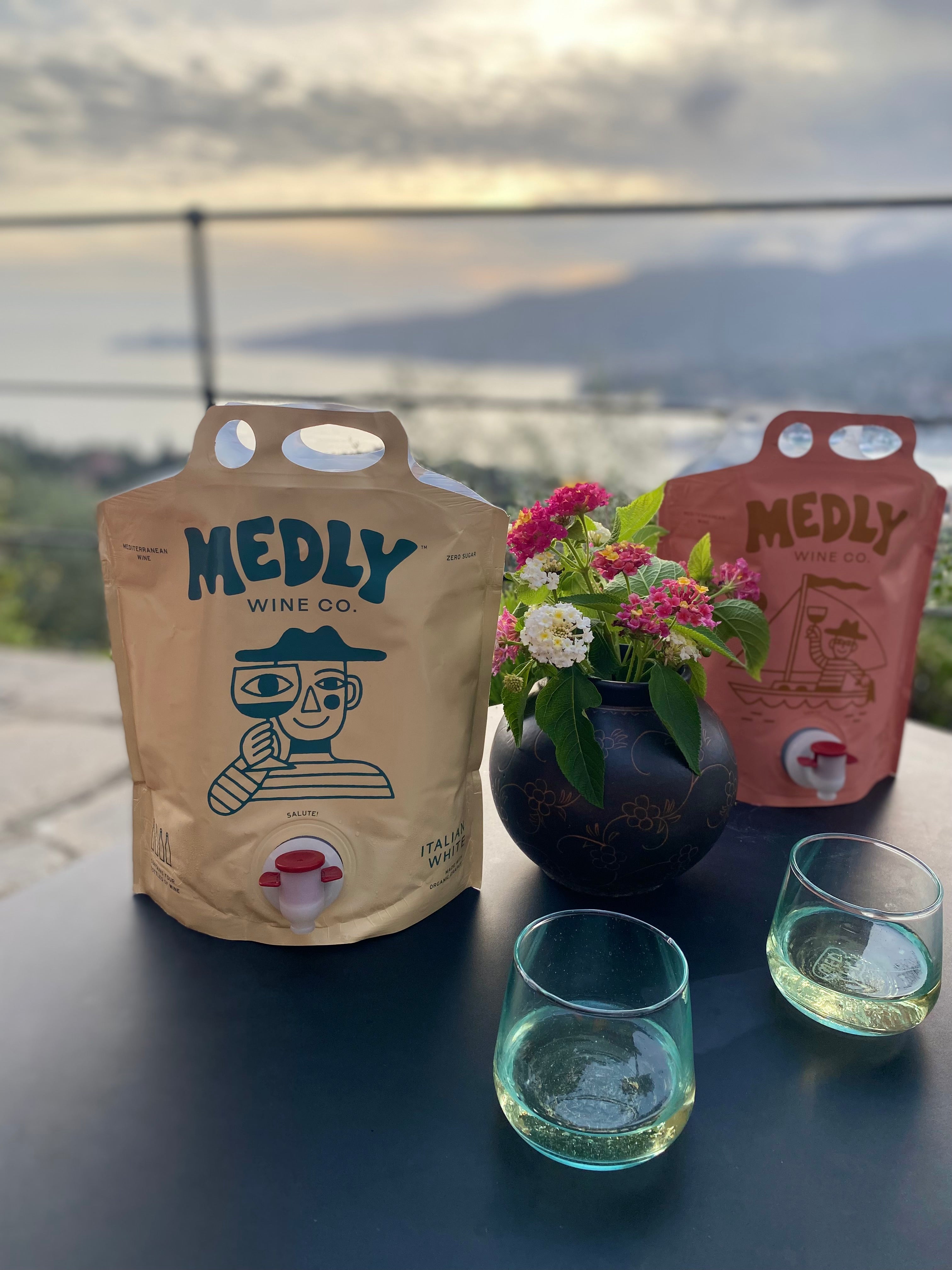The U.S. wine and spirits market operates under a framework called the three-tier system, a relic of Prohibition designed to control the sale and distribution of alcohol. While this system was originally created to prevent monopolies and organized crime from controlling the alcohol market, in today's world, it serves a different purpose—one that often hurts consumers. In a landscape where distributors and retailers hold the power, the freedom of choice that consumers believe they have is largely an illusion. Let’s dive into the key reasons why the three-tier system is outdated and inefficient, and why direct-to-consumer (DTC) sales are the future of the wine industry.
Tied to Prohibition-Era Policies
The three-tier system was established after Prohibition ended in 1933, as a way to separate producers, distributors, and retailers, ensuring that no one entity could dominate the alcohol market. This system was also intended to eliminate the mafia-controlled bootlegging market, which had thrived during Prohibition. While the goal was to prevent monopolies and encourage competition, the reality today is quite different.
Fast forward to the 21st century, and the system that was meant to keep the alcohol market open and competitive is now doing the opposite. Large distributors have essentially become the gatekeepers, controlling which products make it to retail shelves. Instead of fostering variety and competition, the system stifles smaller producers and gives bulk wine conglomerates disproportionate control over what consumers can access.
Distributors Control the Supply Chain
The biggest flaw in the three-tier system is that distributors control the supply chain. Once a winery or distillery produces its product, it must sell it to a licensed distributor, who then sells it to retailers, who finally sell it to consumers. This setup gives distributors an enormous amount of power over which products make it to market, and more importantly, how much they cost by the time they reach the consumer.
Distributors often prioritize large, established brands that can move significant volumes of product, leaving smaller, craft producers at a severe disadvantage. If a smaller winery or distillery cannot secure a distributor, their products may never see the light of day on retail shelves. This limits the diversity of offerings and results in consumers being presented with a narrow range of choices, often dictated by the preferences of distributors rather than demand from wine lovers.
Freedom of Choice Is an Illusion
Because distributors hold the power to decide which products they carry, the "freedom of choice" that consumers think they have is, in many cases, an illusion. In reality, a large portion of the wines on store shelves may come from a small group of bulk wine conglomerates that create hundreds of labels for essentially the same wine. These conglomerates mass-produce wine, often blending low-quality grapes, and sell them under different labels to make it seem like there’s a variety of options.
For example, the same bulk wine producer may sell multiple bottles with different branding and labels, but the wine inside those bottles could be nearly identical. This means that, as a consumer, you might think you’re getting a unique, high-quality product when in fact, you’re just paying for a cleverly marketed version of the same bulk wine. True freedom of choice, where consumers have access to a wide variety of wines from small, artisanal producers, is stifled by the dominance of a few large players in the market.
Distributors and Retailers Make More Than the Makers
One of the most frustrating aspects of the three-tier system is that distributors and retailers often make more profit on a bottle of wine than the actual makers—those who grow the grapes, produce the wine, and take the risk of farming and production. For every bottle of wine sold, a winery may only see a fraction of the final retail price. The rest of the profit is divided between the distributor and the retailer, both of whom take a cut without having a direct hand in the creation of the product.
For example, a bottle that retails for $20 might net the winery only $7 after the distributor and retailer take their cuts. This setup incentivizes large-scale production and bulk wine sales, where the margins are higher for distributors and retailers, but quality often suffers. The small, family-owned winery that takes pride in crafting exceptional wines simply cannot compete on price and volume, forcing them to either increase prices or limit their distribution.
Pay-to-Play: A Broken System
In many states, the three-tier system fosters a "pay-to-play" environment, where distributors charge fees for marketing, placement, and shelf space. In some cases, brands that don’t pay for prime retail placement may find their products buried on lower shelves, making it harder for consumers to discover them. This practice further reinforces the dominance of large, well-funded brands while pushing smaller, independent producers to the margins.
The pay-to-play system creates an unfair marketplace where the size of a producer's marketing budget can matter more than the quality of their wine. Distributors prioritize brands that can pay for prime positioning, which drives up costs for consumers and limits the visibility of smaller, artisan brands. This undermines the very concept of a free market, where quality and consumer demand should dictate what products succeed.
DTC Sales: The Future of True Freedom of Choice
While the three-tier system is deeply entrenched in the U.S. alcohol market, the rise of direct-to-consumer (DTC) sales through e-commerce platforms offers a promising alternative. DTC sales allow consumers to purchase wines directly from producers, bypassing the distributor and retailer markups. This not only gives consumers access to a wider range of wines but also supports small, independent wineries that would otherwise struggle to get their products into retail stores.
Through DTC channels, consumers can enjoy lower prices because they are cutting out the middlemen, and wineries can retain more of the profits. In addition, DTC sales provide an opportunity for wine lovers to discover unique, high-quality wines that aren’t available in traditional retail outlets. The convenience of online shopping, coupled with the ability to buy directly from producers, makes e-commerce the future of the wine industry.
Conclusion: Why E-commerce Is the Future
The three-tier system, with its roots in Prohibition, was designed to prevent monopolies and protect consumers, but it has morphed into a system that favors big distributors, stifles competition, and limits consumer choice. Distributors control the market, bulk wine conglomerates flood the shelves with identical products under different labels, and small producers struggle to get a fair share of the profits.
In contrast, direct-to-consumer sales through e-commerce offer a true alternative, one where consumers can choose from a wider range of products, get better prices, and support the makers directly. As more consumers shift to online shopping and seek out unique, artisan products, the wine industry will need to adapt. E-commerce is the future, offering consumers a more transparent, diverse, and affordable wine-buying experience—one that breaks free from the restrictions of the outdated three-tier system.





